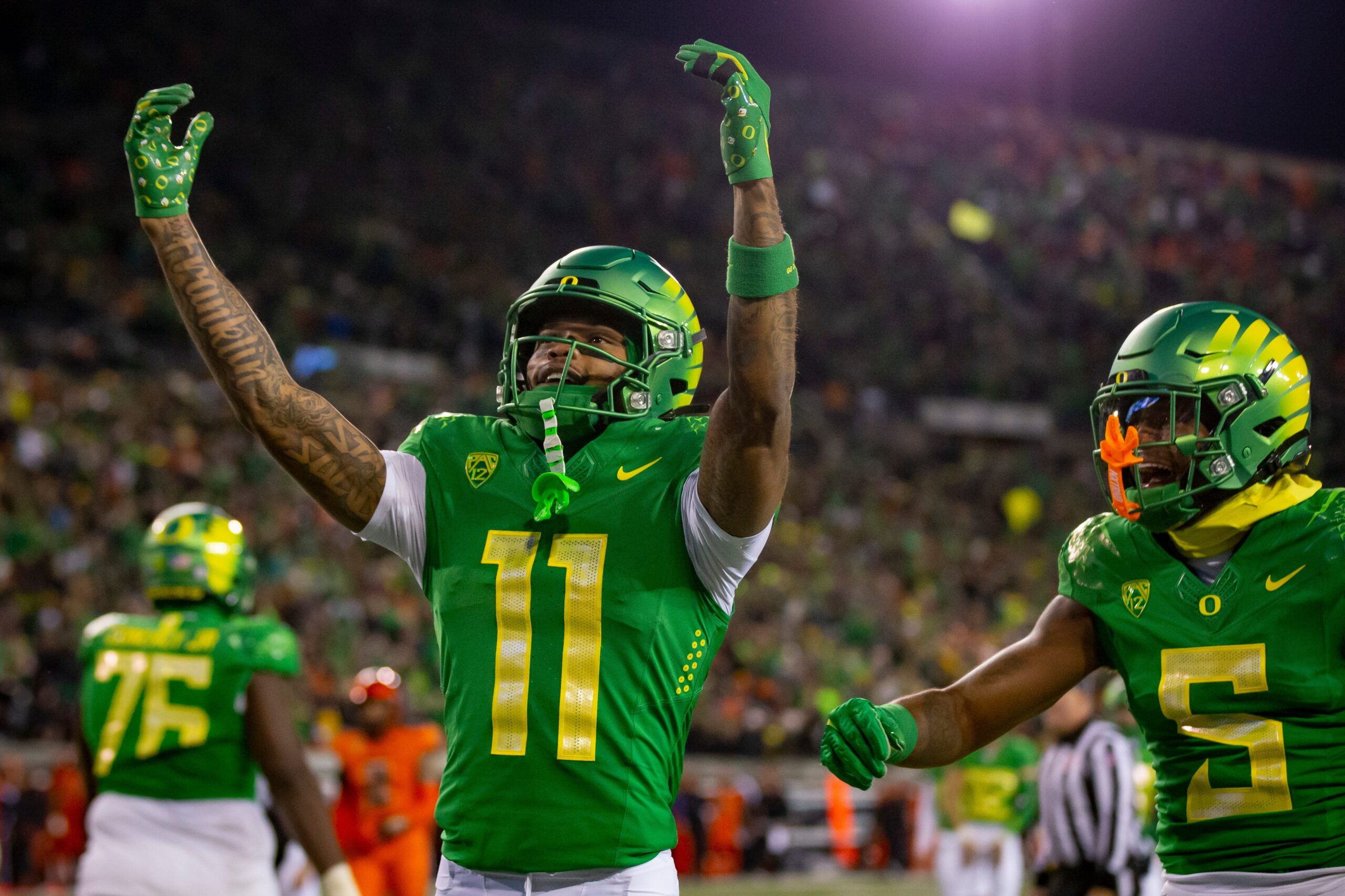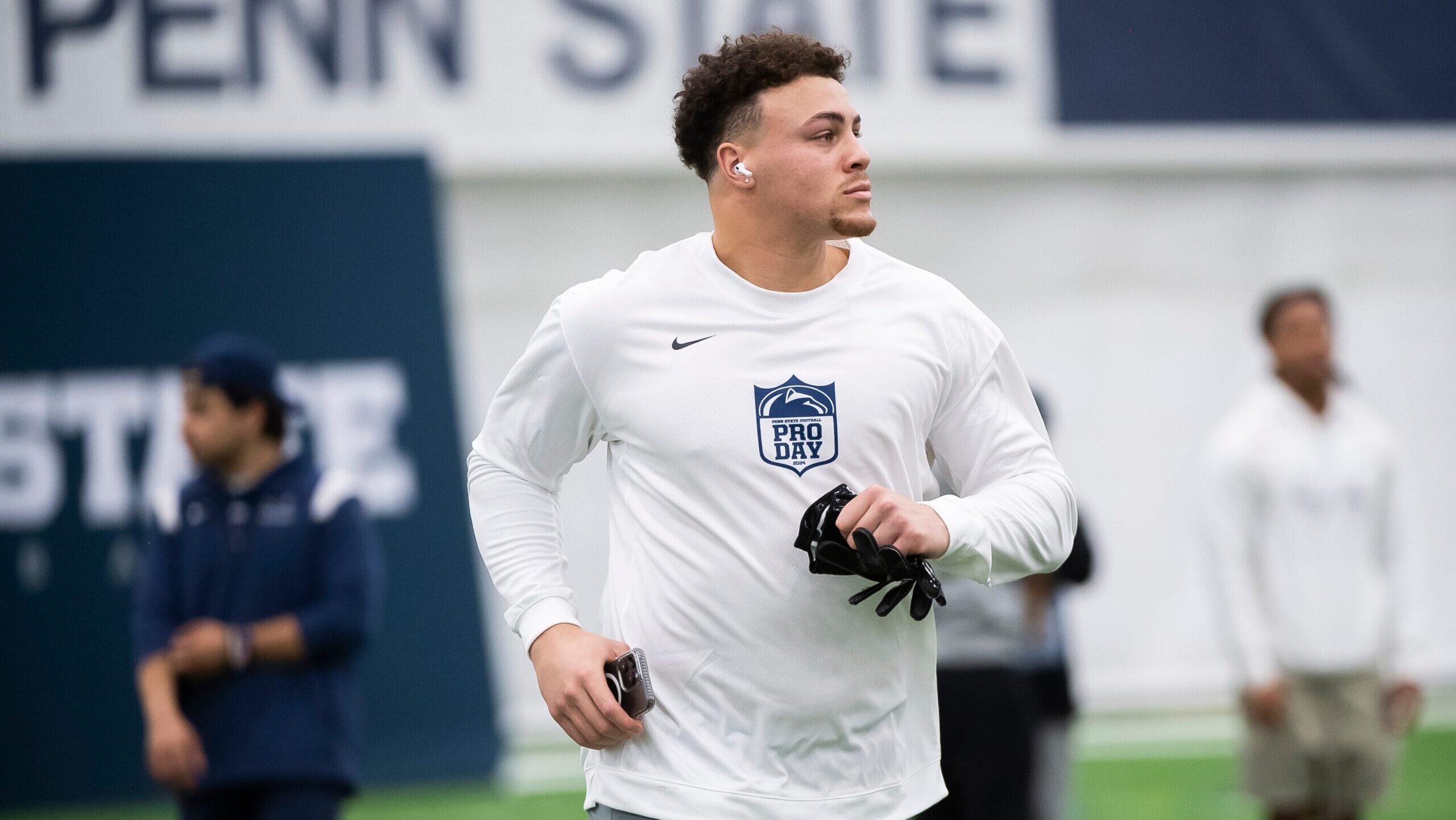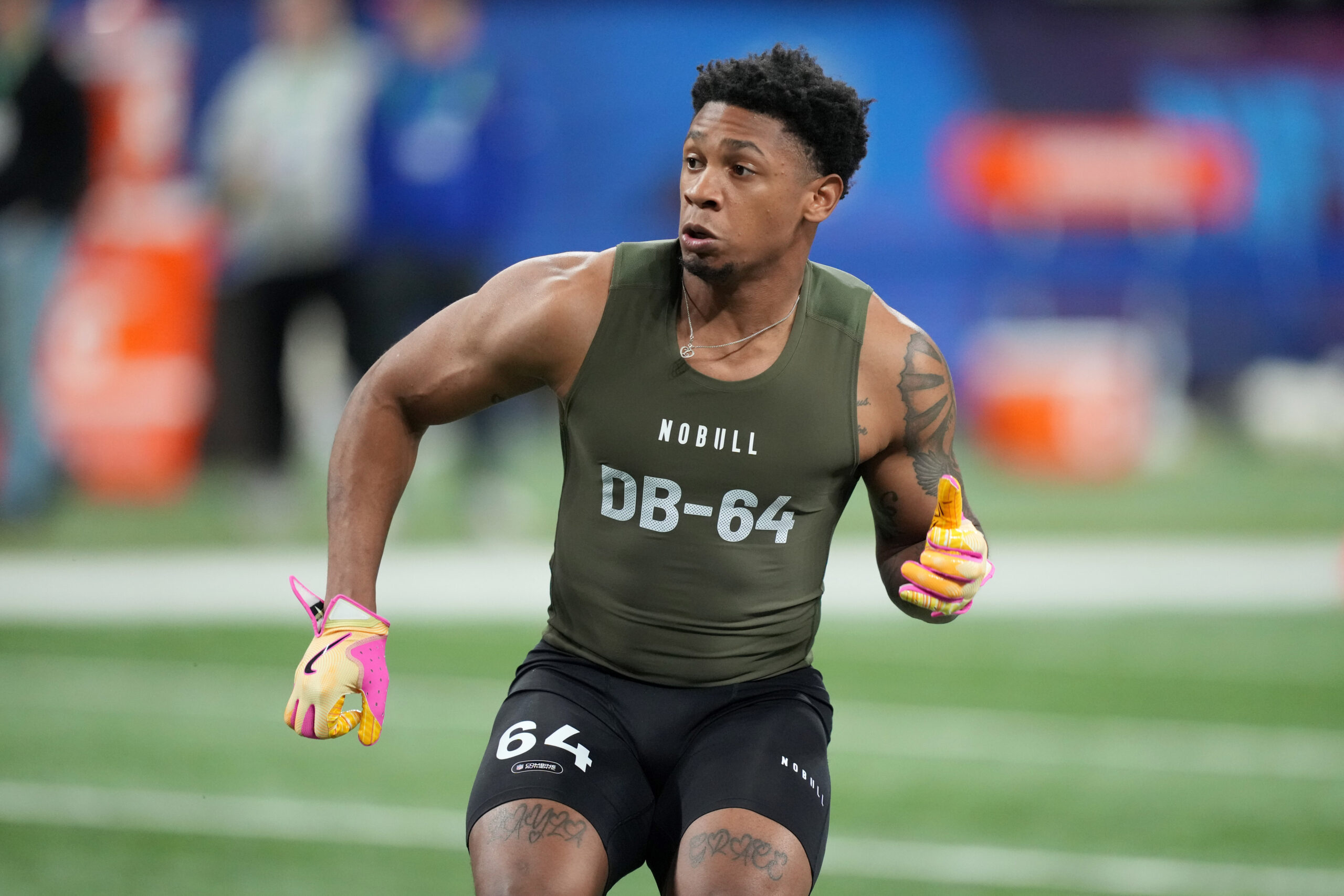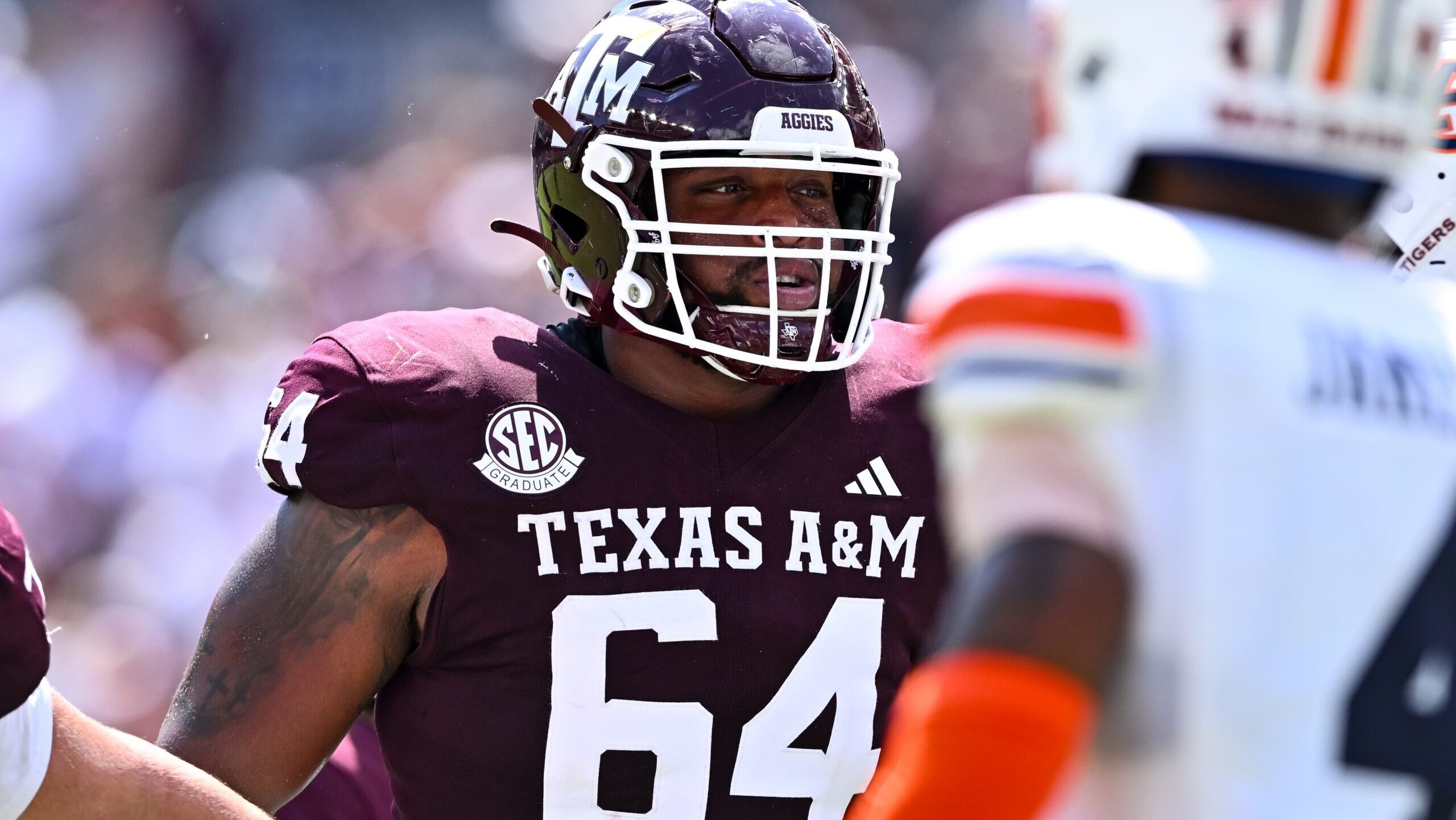NFL Analysis
2/12/24
7 min read
Kansas City Chiefs All-In Bet On Defense Paid Off With Super Bowl Victory
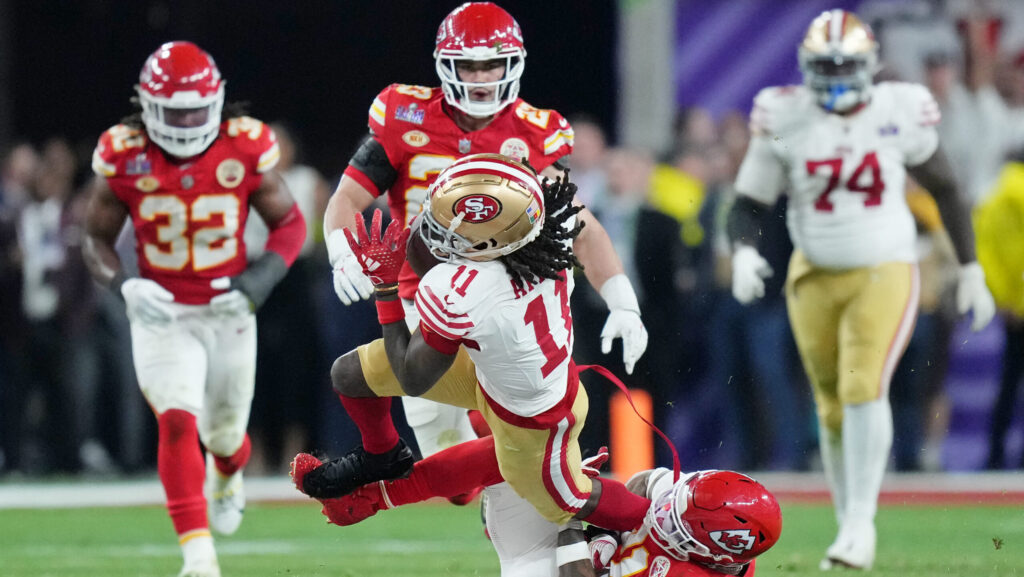
Patrick Mahomes was the deserving MVP of Super Bowl LVIII. But the Kansas City Chiefs defense was the team’s collective MVP during the 2023 season. Having a good defense allowed the Chiefs to figure things out on offense throughout the season, and that continued against the San Francisco 49ers in their 25-22 Super Bowl victory.
Kansas City’s defense ranked fifth in EPA per play during the regular season, while the offense ranked 11th. This unit turned it on in the playoffs, as it faced the hardest path to the Super Bowl of any team since at least 1981 by DVOA.
On the way to the Super Bowl victory, the Chiefs went through the offenses that ranked first, third, fourth and ninth by EPA per play during the regular season. The Kansas City defense slowed those offenses down except for the divisional round game against the Buffalo Bills.
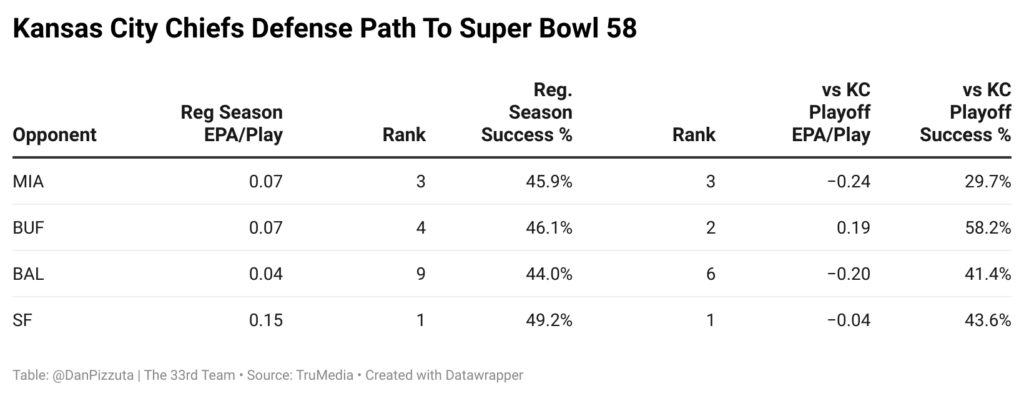
Collectively, Kansas City allowed 5.1 yards per play in the postseason. Among teams that played at least four playoff games — we’ll be excluding teams that got a first-round bye to get defensive performance during the most games — the Chiefs had the sixth-best mark since 2000, per TruMedia.
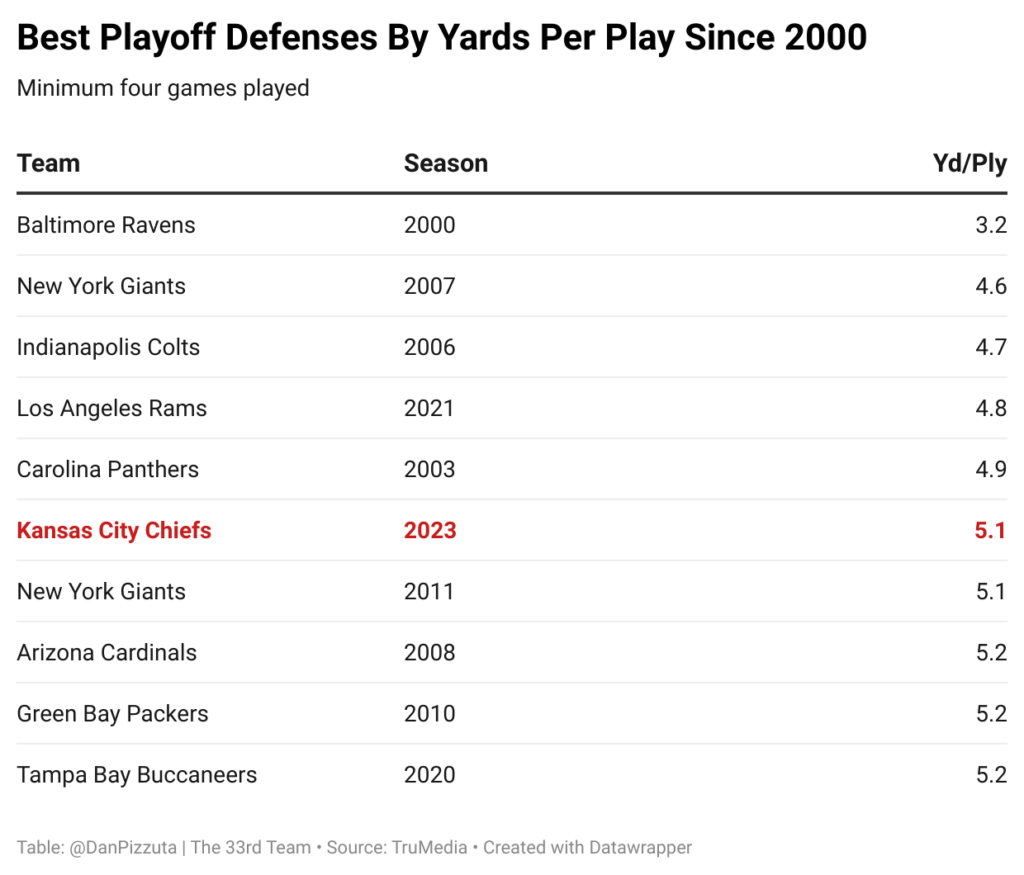
The Chiefs had their toughest task against the 49ers, whose offense was mostly unstoppable throughout the regular season, with many ways to create matchup advantages against opposing defenses. Unsurprisingly, defensive coordinator Steve Spagnuolo was prepared.
>>READ: Steve Spagnuolo's Perfect Plan
With the win, Spagnuolo became the first coordinator to win four Super Bowls — two with the New York Giants and two with the Chiefs — and his game plans have been a big part of those victories. This win against the 49ers was no different.
Pressure Won The Day
It started early with the blitz. Kansas City has been aggressive in the postseason, mixing up looks at the line of scrimmage and sending defensive backs on blitzes to mess with opposing quarterbacks. Against Brock Purdy, the Chiefs sent a blitz on 46.3 percent of his dropbacks.
That was the fifth-highest blitz rate in a Super Bowl during the past two decades, per TruMedia. The No. 1 game came when these two teams last played when Spagnuolo blitzed Jimmy Garoppolo on 60.6 percent of his dropbacks.
The gamble was that blitzing would cause enough negatives to overcome the success Purdy and the 49ers had against blitzes throughout the season. It worked.
Overall, Purdy averaged 0.23 EPA per play against the blitz but was pressured on 57.9 percent of those blitzes.
When Purdy was pressured while facing the blitz, he averaged -0.15 EPA per play with a 27.3 percent success rate. That came through on some of the game’s biggest plays.
On a third-and-5 with two minutes left in the fourth quarter, the 49ers had the ball on the Kansas City 35-yard line. San Francisco came out in 11 personnel but had Christian McCaffrey in the slot and George Kittle in the backfield. The Chiefs matched with their only snaps of the game with seven defensive backs on the field.
Kansas City sent Trent McDuffie from the left slot, which rushed Purdy’s pass, and McDuffie tipped the ball at the line.
Then, on the 49ers’ final offensive play, the third-and-4 from the Kansas City 9-yard line in overtime, Chris Jones blew through the line of scrimmage and created quick pressure that forced Purdy to sail a throw over Jauan Jennings.
Kansas City recorded nine unblocked pressures during the game, all of which came on blitzes, according to Next Gen Stats.
Stopping McCaffrey
The blitz-heavy game plan aimed to crowd the line of scrimmage and dissuade the 49ers from running the ball. Kansas City’s weakness coming into this game was run defense. Still, the effort put into slowing down the run paid off in limiting McCaffrey —3.6 yards per carry with half of his runs into stacked boxes — and getting the 49ers into unfavorable passing situations.
When the 49ers came out in 21 personnel — their death lineup — the Chiefs matched with 55.3 percent base personnel and 44.7 percent nickel. When the Chiefs were in base, they stacked the box on 38.1 percent of those snaps and allowed just 2.9 yards per carry with no runs over 10 yards.
McCaffrey averaged an impressive 2.1 yards before contact per carry on those rushes, but the Chiefs had bodies flying to the back, preventing big plays on the ground. This was the only game of the season that the 49ers did not record an explosive rush.
This was how the Chiefs designed the defense to win. Flood bodies to the middle of the field and make it hard for the 49ers to create space, something they are the best in the league at doing.
That forced Purdy to throw often and into some of those crowded looks. There were times when the Chiefs’ blitzing matched well with aggressive coverage from the defensive backs.
When blitzing pairs with close, aggressive coverage off the line pic.twitter.com/bTNGFB3oEX
— Dan Pizzuta (@DanPizzuta) February 12, 2024
Those crowded boxes became an issue for Purdy and the 49ers. Per Next Gen Stats, 23.7 percent of Purdy’s pass attempts were into tight coverage against the Chiefs — defined as a yard or fewer of separation. That rate for Purdy was just 12.8 percent during the regular season.
While the Chiefs often used zone coverage behind their blitzes, Kansas City threw more man coverage in the mix, and the defensive backs were up for the task.
Trent McDuffie had a game. pic.twitter.com/VPypB9uy8Q
— Dan Pizzuta (@DanPizzuta) February 12, 2024
Kansas City has six passes defensed in this game, the second-most against San Francisco this season. The only game with more was the Week 16 game against Baltimore, with eight.
What’s Next for The Chiefs' Defense?
What’s so exciting for this Chiefs defense is how young it is. By snap-weighted age, Kansas City had the league’s second-youngest defense. This defense wasn’t necessarily supposed to be like this but has developed quickly under Spagnuolo.
Because of the youth, this is not an expensive unit. Per Over The Cap, the Chiefs had the cheapest defense this season. While Kansas City is heavily invested in quarterback and the offensive line, they have brought in young defenders to build a sustainable defense.
The 2022 draft class has been a hit with McDuffie — who could have arguably been the MVP of this game — in the first round, along with George Karlaftis, who had five pressures and three quarterback hits.
Players like Leo Chenal (third round) have been put in positions to succeed. He had six tackles, a tackle for loss and a quarterback hit.
Kansas City’s 2021 draft brought Nick Bolton. The 2020 class brought in Willie Gay, L’Jarius Sneed and Mike Danna. These are all significant contributors on rookie deals.
Then, there are the cheap veterans brought in during free agency, like Mike Edwards, Drue Tranquill and Charles Omenihu, who was a vital piece of the pass rush before he tore his ACL in the AFC Championship Game.
These players are brought in, and Spagnuolo gets them to play to their strengths. That’s a weapon that isn’t going anywhere.
There are big decisions that need to be made in free agency. Jones and Sneed will be free agents, and Kansas City might be unable to afford both.
Kansas City has about $16 million in effective cap space for the offseason, and there are ways the Chiefs could bring everyone back, which could be something all parties are interested in. A perk of winning a lot is players want to play for your team.
But regardless of the free agent decisions to come, this Chiefs defense will continue to have a bright future. It’s hard to count on a great defense from year to year, but Kansas City just had its heavy-lift season from the defense.
The offense should only get better and under Spags, this defensive unit will continue to show up in big moments.
The Chiefs would not have been in the Super Bowl without this defense. Its play helped them win it. Given how this unit is built, it might not be the last time.


